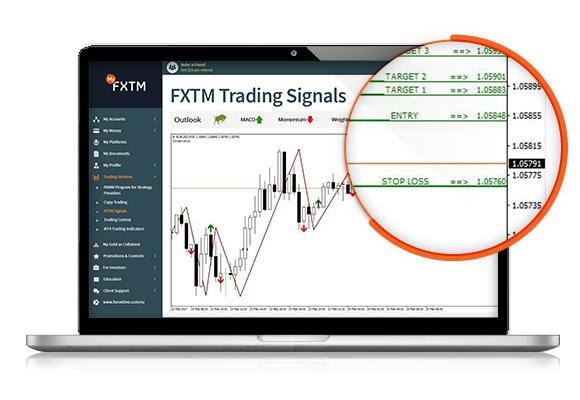To sign up for our daily email newsletter, CLICK HERE
How to Determine Position Size When Forex Trading
In the currency market, knowledge pays off. Forex stars rely on consistent strategies, and they evaluate risks carefully. Position sizes must be chosen rationally. Rather than trading as much as you like, base your decisions on special formulas.
In Vietnam, Forex is increasingly popular. It is a viable money-making opportunity. Today, such remote schemes are indispensable. But how many micro, mini, or standard lots should you trade? And how a platform like metatrader 4 give you a better end-user experience? Here is how to understand it.
Defining Maximum Account Risk
The rule of thumb is to set your limit at 1% of the balance. If you have $50,000, risk up to $500 per trade. You can also go lower, but this must be a fixed, not variable, level. Do not risk 2% on one trade, 5% on another, and 0.5% elsewhere. Consistency is important, despite any temptations. Overconfidence is a common cause of loss.
How Many Pips per Trade?
Pip risk is the gap between your entry point and Stop Loss. Each pip is the smallest changeable element of a currency price. For most combinations, it equals 0.0001. For pairs with the Japanese yen, it is bigger — 0.01. Some brokers display prices with an additional decimal place called ‘pipette’.
Stop Loss executes your trade if the price falls to the level you specified. This way, you know exactly how much can be lost. The result will not exceed the general maximum risk and the pip risk level for the individual trade. For instance, if you purchase EUR/USD at 1.1456 and set a Stop Loss at 1.1446, you accept 10-pip risk. The size of the gap depends on your strategy and the volatility of the market.
Generally, you should place Stop Loss as close to entry as possible. Still, there should be enough distance for the expected trend to occur. Knowing the difference in pips, you can move on to the calculation of pip value for the lot.
How Much Is a Pip?
The easiest way is to use the pip calculator on the Forextime website. If you calculate manually, it depends on the counter currency. Let’s start with the simplest example.
Suppose you have an account in US dollars, and you want to trade a pair with USD as the counter currency. This is the simplest scenario, as pip values for different lot sizes are fixed. These are:
● $0.10 for a micro lot,
● $1 for a mini lot, and
● $10 for a standard lot.
For different counter currencies (e.g., EUR/GBP), you need to do some maths. Take the exchange rate for USD/the counter currency, and multiply it by the pip values. So, if the pair in the example is trading at $1.2345, your calculations will be as follows:
● ($0.10×$1.2345) = $0.12 for a micro lot,
● ($1×$1.2345) = $1.23 for a mini lot, and
● ($10×$1.2345) = $12.3 for a standard lot
How Many Lots?
Position size is the number of lots you will trade. The formula is relatively simple. Here is how your thinking should work if you want to buy AUD/USD, and the account balance is $50,000.
1) First, determine the acceptable risk considering your balance: 1% equals $500. This is how much you can risk per trade.
2) Next, look at the Ask price for the pair. As of this writing, it stands at 0.7276. Stop Loss may be placed at 0.7266, which puts 10 pips at risk.
3) Determine your lot size. For standard lots, one pip costs $10. Now, you can put it all together: 10 pips risked $10 pip value×position size = $500.
4) From here, you may calculate the number of lots (i.e., position size) by dividing the maximum allowed risk by the other elements: $500/10/$10 = 5. You may purchase 5 standard lots.
Now, let’s look at a more complex situation. You choose a long position for EUR/GBP. The current price is $0.9091, and your Stop Loss is set at $0.9081. This gives you 10-pip risk. We have already found pip value for each lot size (see above). Hence, for a standard lot, the formula is:
10×$12.3×position size = $500
Once again, to find your X (number of lots), divide $500 by 10 and 1.23. You will arrive at 4.06. You may therefore buy 4 standard lots and 6 micro-lots.

The Bottom Line
The primary step is to see how much you should and shouldn’t risk on a trade. Next, define your risk level in pips, and see how much 1 pip costs. These elements allow you to establish the number of lots. Use electronic pip calculators — they guarantee accuracy.